
The Taste of Things – REVIEW

In France, the light falls in such a singular way that even the humblest setting can become imbued with meaning. Gleaming copper cookware reflect a way of life. The clatter of domesticity, of wooden sabots on flagstones, pots and pans put to proper use, and of vegetables and flesh and herbs put within comforting heat, all come together in a controlled ecstasy.
In The Taste of Things, the rhythms of provincial life are imperturbable in the rarefied pursuit of excellent cuisine, and death, a sad but unavoidable obstacle on that sunshine-dappled journey.
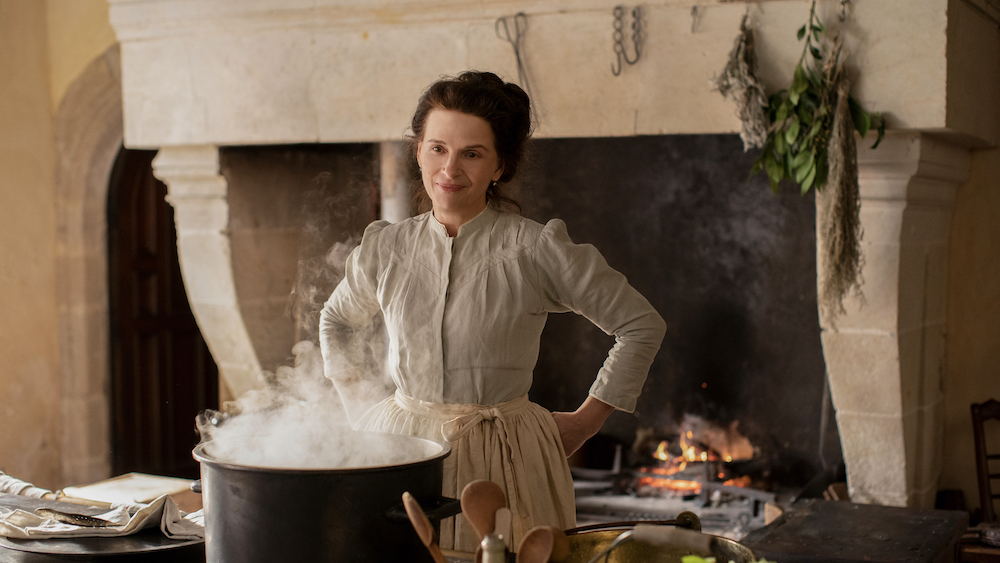
Eugénie (Juliette Binoche), is a culinary mistress who has been cooking with Dodin (Benoît Magimel), the master of the house and a celebrated gourmand. In the novel that The Taste of Things is based on (The Life and Passion of Dodin-Bouffant) Eugénie has died and the search is on for her replacement.
Director Tran Anh Hung (The Taste of Green Papaya, Norwegian Wood) frames this adaptation as a prequel, allowing him to explore the “conjugality” of these epicures’ relationship. Much of the film is taken up by the preparation of two elaborate meals: one for a gathering of Dodin’s fellow gourmands, and one for Eugénie herself.
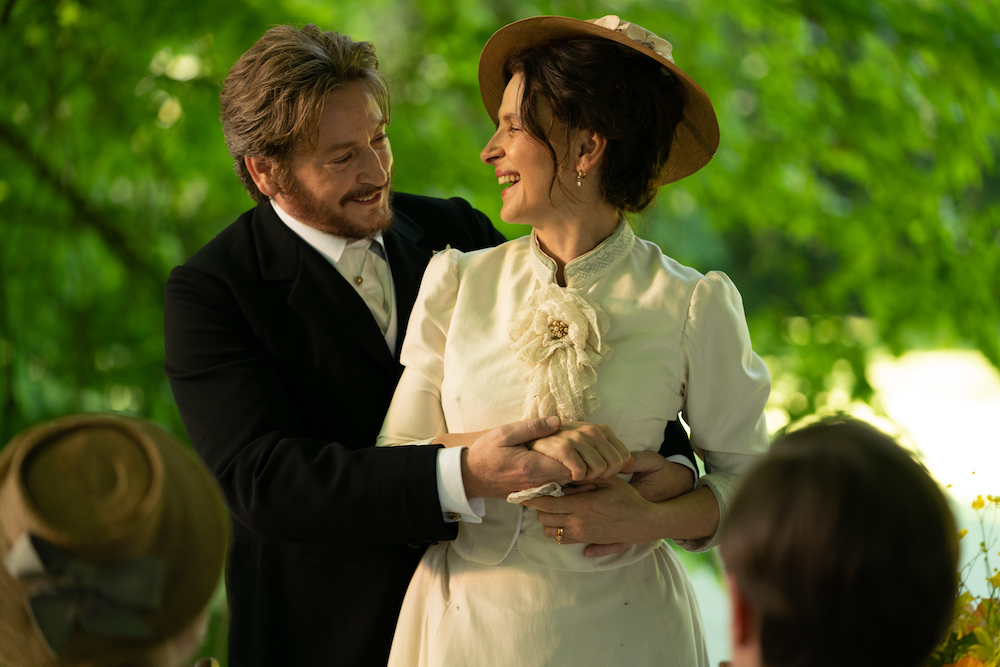
In the face of her unnamed illness and after 20 years of collaboration, Dodin wants to demonstrate the his devotion through an exquisite meal, the pinnacle of their work together. (For the visiting Prince of Eurasia, he plans a pot-au-feu, to represent the simple perfection of French culinary achievement.)
Along the way, we meet Violette, a kitchen maid who doesn’t know her ortolan from an omelette, and Pauline, a farmer’s daughter with an astonishing palate. Everyone is as well-scrubbed as the vegetables, and as polite.
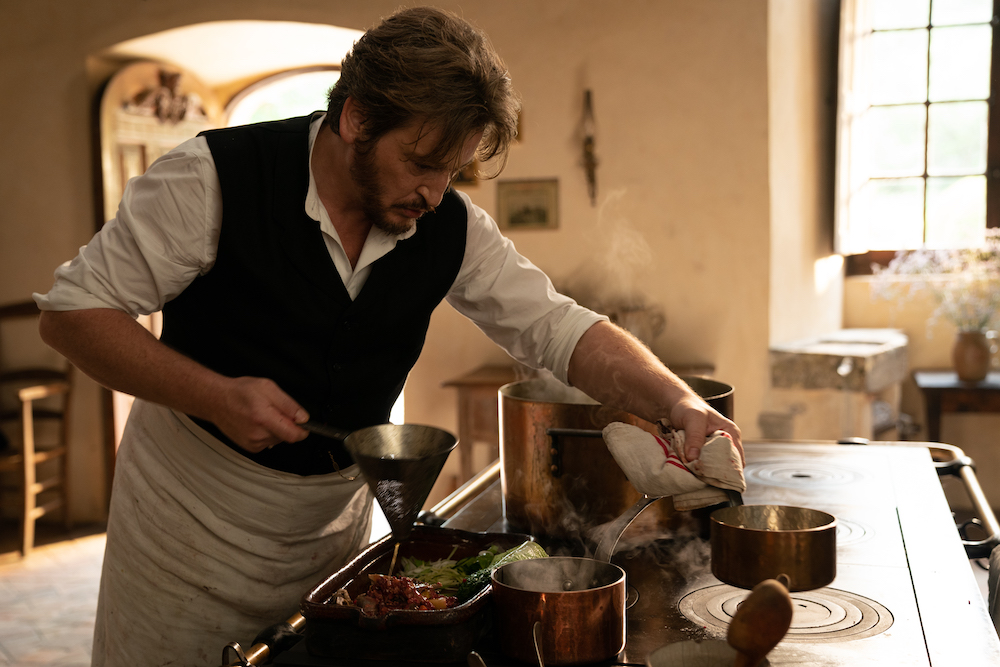
The Taste of Things is a beautiful film to look at, as Tran pays homage to French Impressionism with painterly attention: be that the female bathing nude or the male bourgeois in his snug suit and correct hat, or of a lovingly gutted, poached and presented fish. Or it could be Eugénie — for all the character she is given she could practically be an aubergine.
Likewise the rest of the characters, who reveal themselves through their connection to comestibles, which can stray into the queasy, as when a doctor declares the sight of a newborn nursing an appetite stimulant. The film’s name is vague enough to encompass almost anything, which is apt for a work that can’t seem to make up its mind if it’s about people or what they eat. Same-same? Sure. Vive le vol-au-vent!





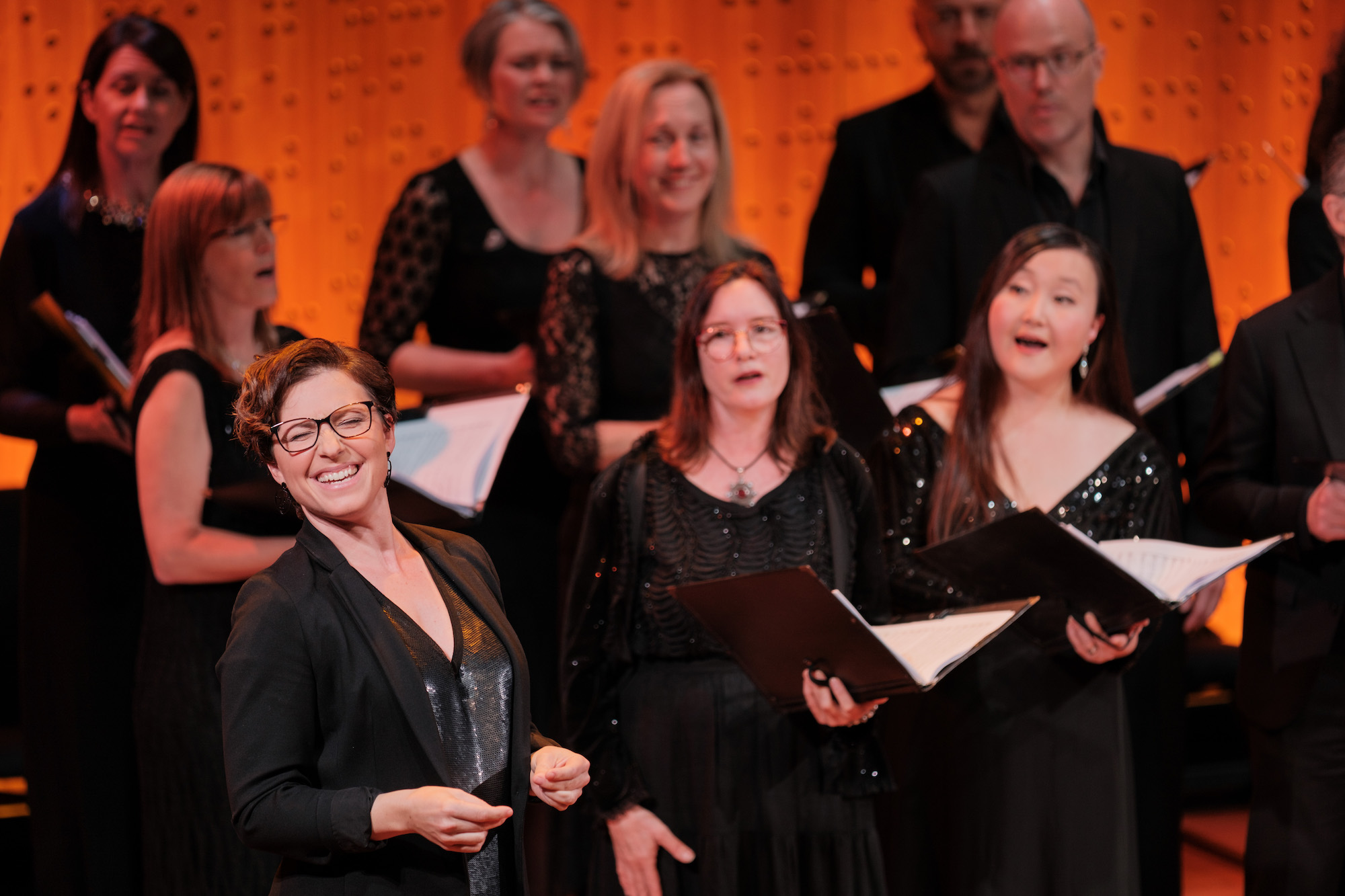


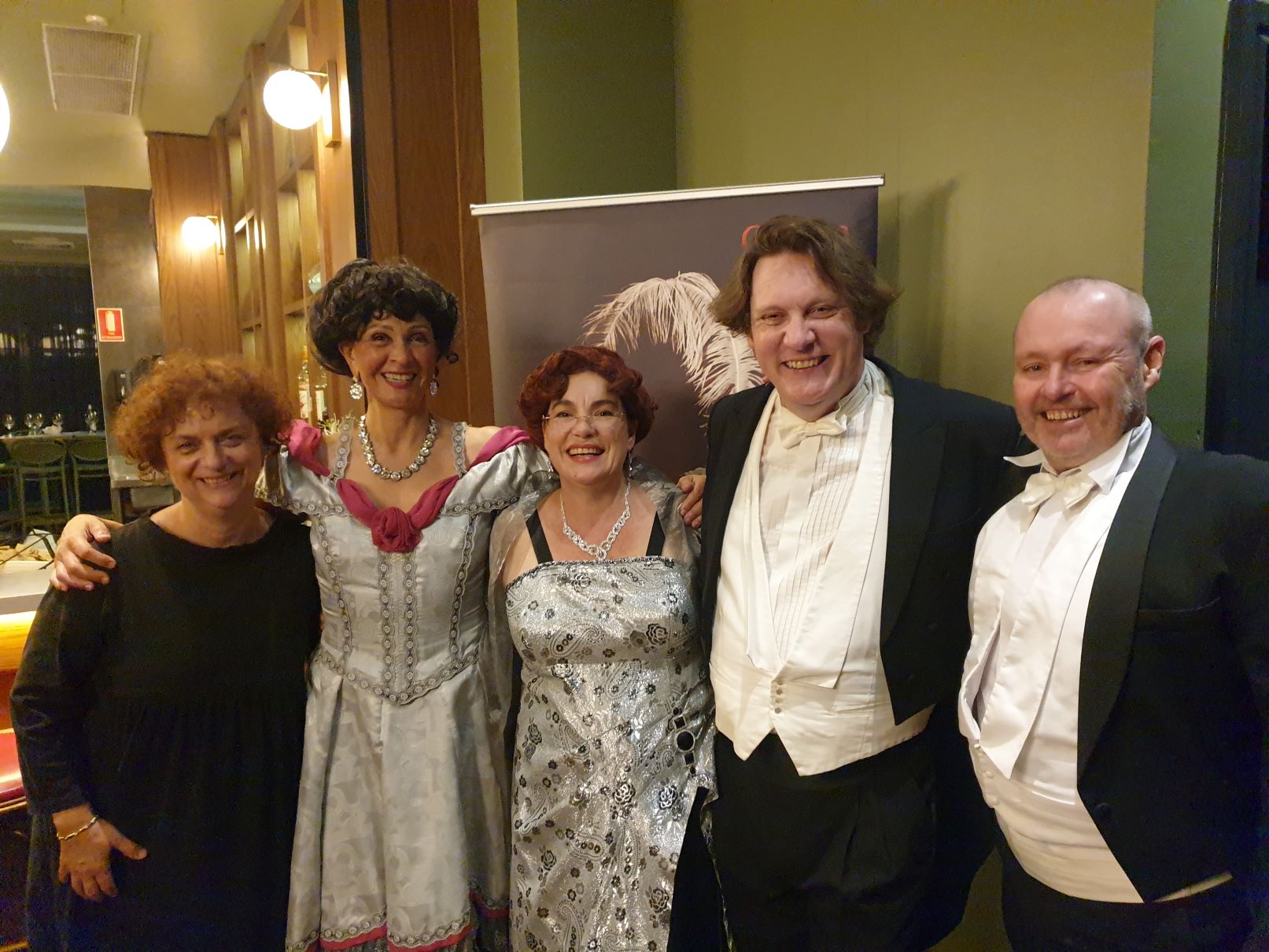
Leave a Reply